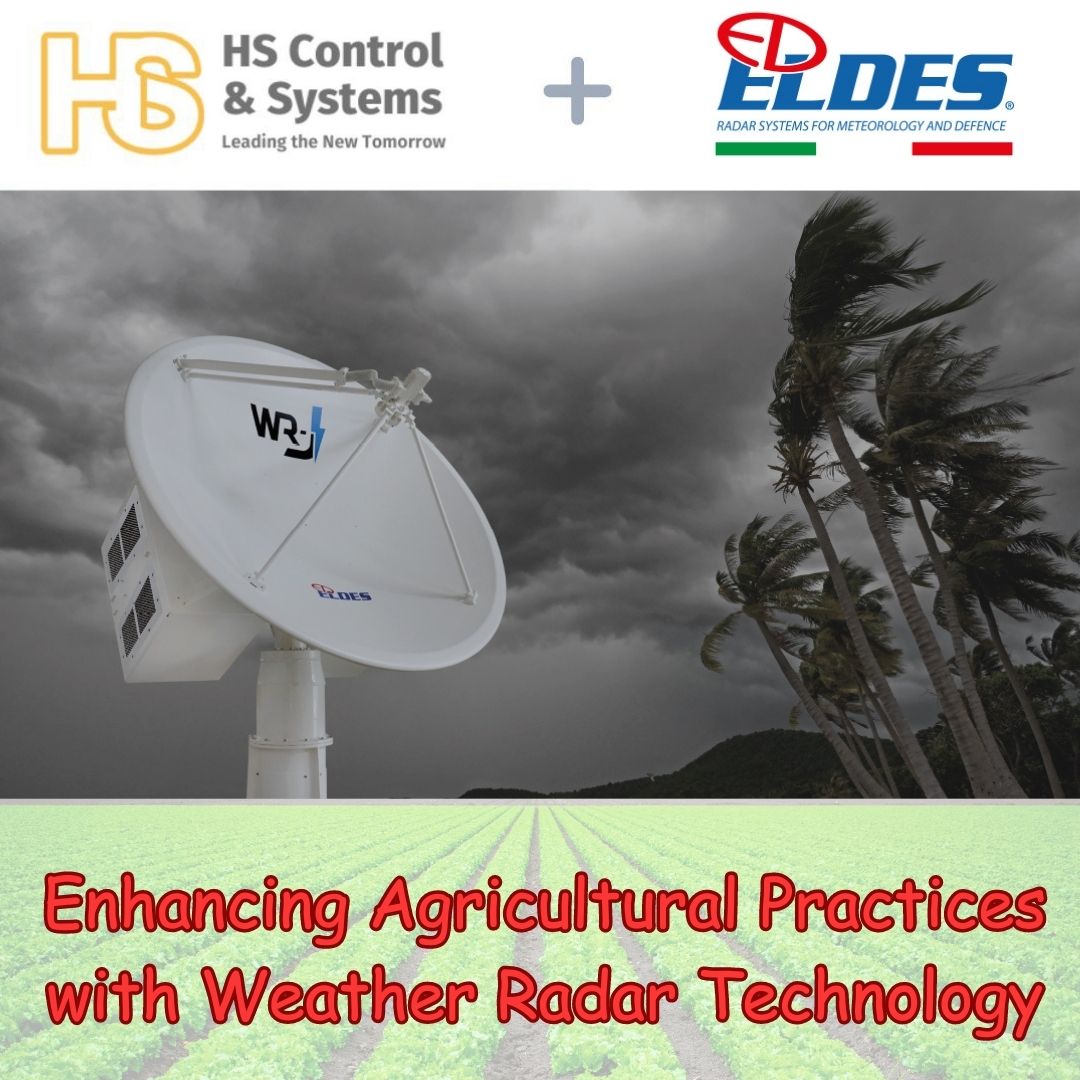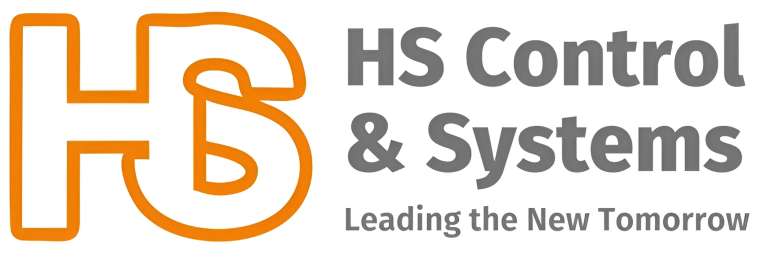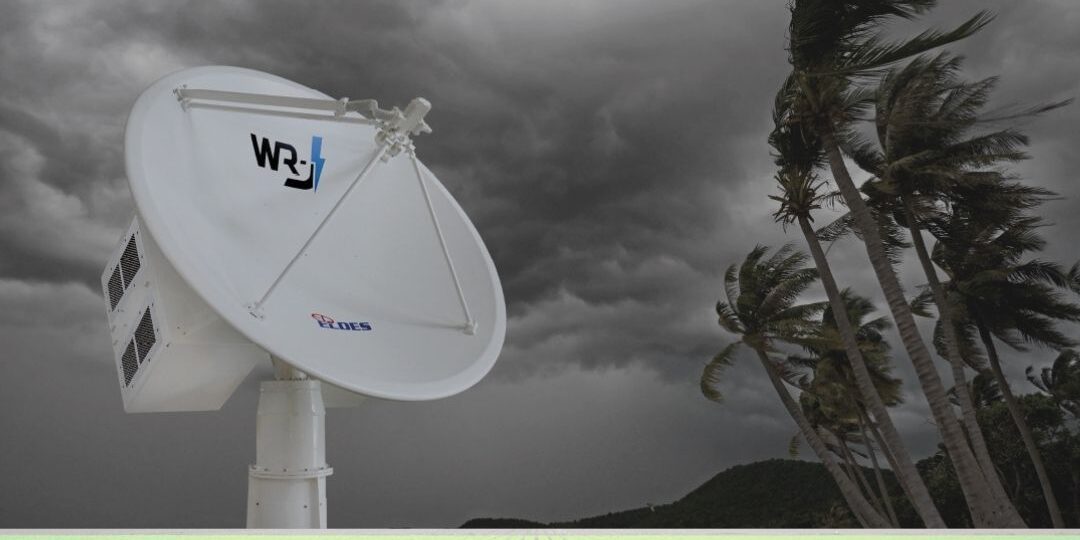Using weather radar technology for agriculture can provide valuable insights into weather patterns, precipitation, and other atmospheric conditions that can affect crop growth and management. Weather radar systems work by emitting radio waves and measuring the reflections from precipitation particles in the atmosphere. Here’s how weather radar can be beneficial for agriculture:
- Rainfall Monitoring: Weather radar can accurately measure rainfall intensity and distribution across a field. This information is crucial for irrigation management, as over-irrigation can lead to water wastage and under-irrigation can harm crop growth.
- Storm Tracking: Radar can help in tracking the movement and intensity of storms, including severe weather events such as thunderstorms and hailstorms. This allows farmers to take preventive measures to protect their crops, livestock, and infrastructure.
- Frost and Freeze Alerts: Weather radar can detect temperature inversions that often lead to frost and freezing events. By monitoring these conditions, farmers can take action to protect sensitive crops from damage.
- Pest Management: Certain pests thrive in specific weather conditions. Weather radar can help predict favorable conditions for pest outbreaks, enabling farmers to plan and implement pest management strategies effectively.
- Disease Prevention: Some plant diseases spread more rapidly under specific weather conditions, such as high humidity. Weather radar can aid in predicting these conditions and provide early warnings, allowing farmers to apply appropriate treatments.
- Soil Moisture Monitoring: While not a direct application of radar, weather radar data can complement soil moisture sensors by providing information on precipitation levels and trends, which in turn affects soil moisture content.
- Yield Forecasting: By analyzing historical weather radar data and its correlation with crop yields, farmers can develop predictive models to estimate potential crop yields based on weather conditions.
- Decision Support: Integrated with other data sources such as satellite imagery, sensors, and weather forecasts, weather radar data can offer a comprehensive view of the current and future agricultural conditions. This information assists farmers in making informed decisions about planting, harvesting, and overall crop management.

When implementing weather radar technology for agriculture, consider these factors:
- Accuracy and Resolution: Choose a radar system with suitable accuracy and spatial resolution to capture weather patterns at the desired scale, from individual fields to larger regions.
- Data Interpretation: The radar data needs to be translated into actionable insights. User-friendly interfaces and software can help farmers interpret the radar information effectively.
- Integration: Integrate weather radar data with other sources such as weather forecasts, soil moisture data, and crop health assessments for a holistic understanding of the agricultural environment.
- Cost and Maintenance: Weather radar systems can be costly to install and maintain. Evaluate the costs against the potential benefits for your specific farming operation.
- Local Conditions: Keep in mind that the effectiveness of weather radar for agriculture can vary based on local topography, climate, and crop types.
Implementing weather radar technology in agriculture can enhance decision-making, improve resource management, and contribute to sustainable farming practices by optimizing water usage, reducing crop loss, and promoting efficient pest and disease management.






